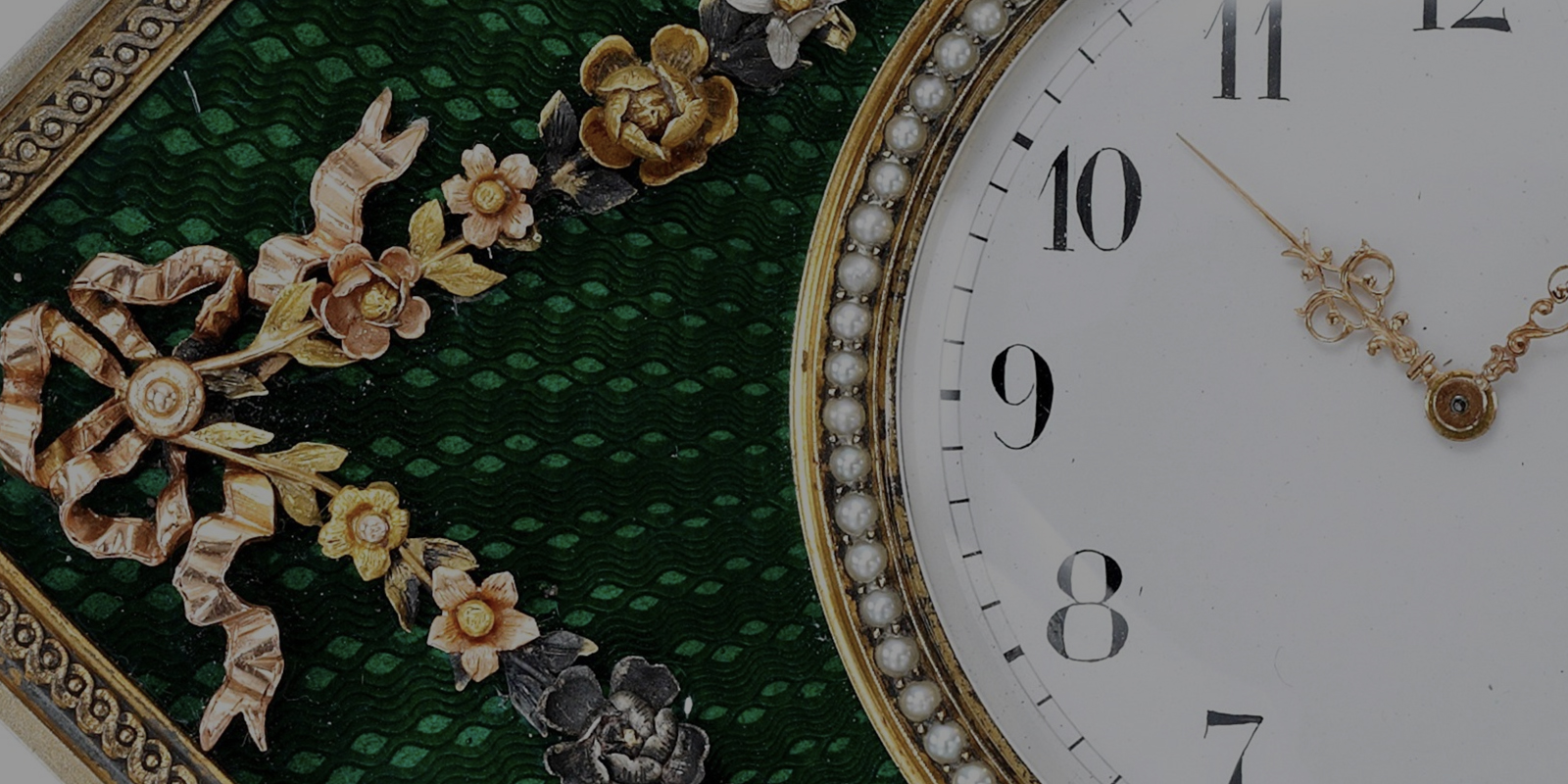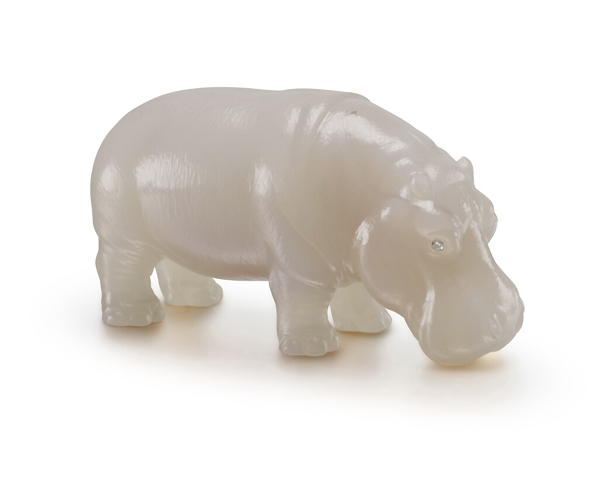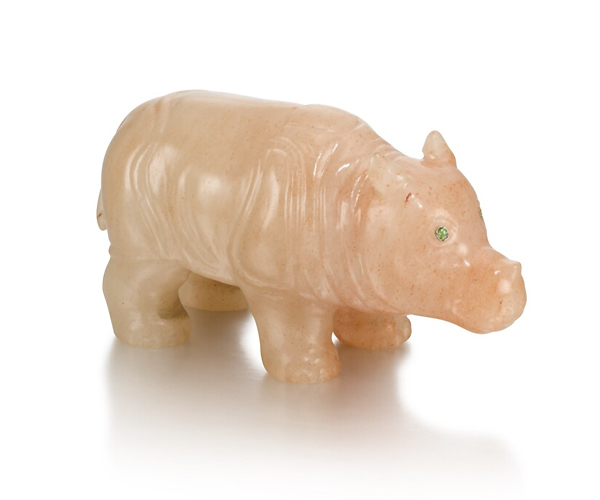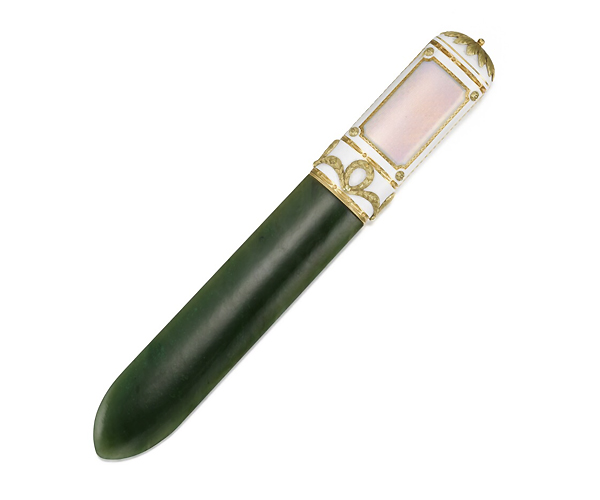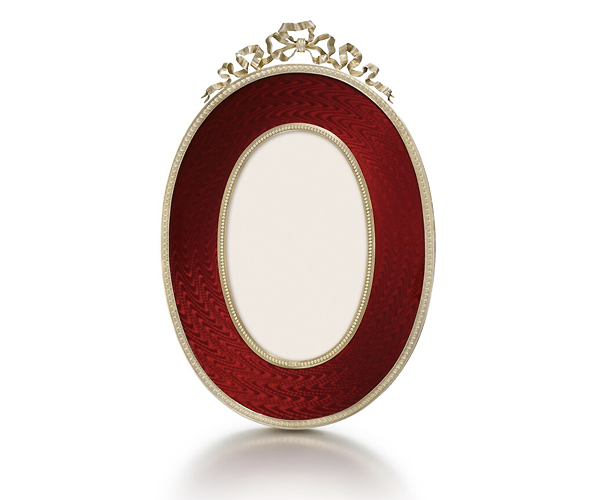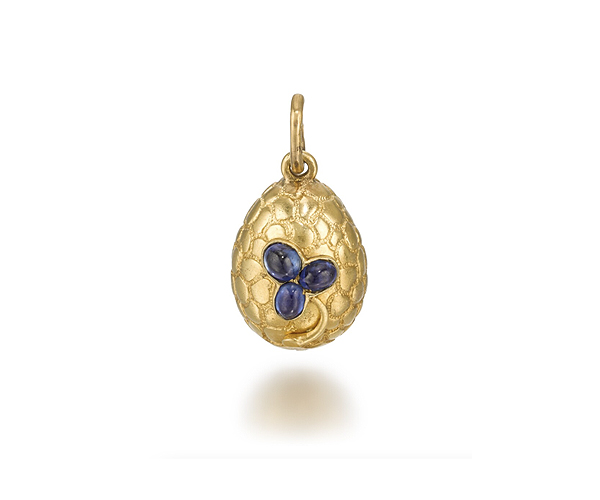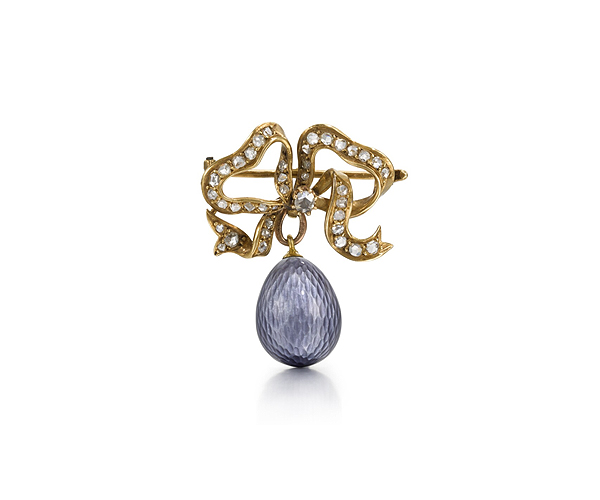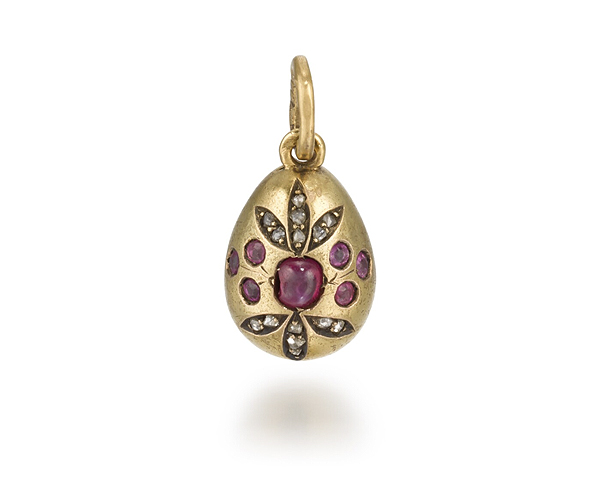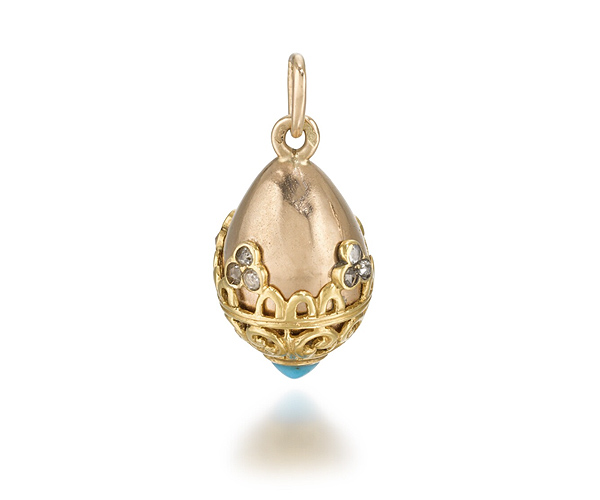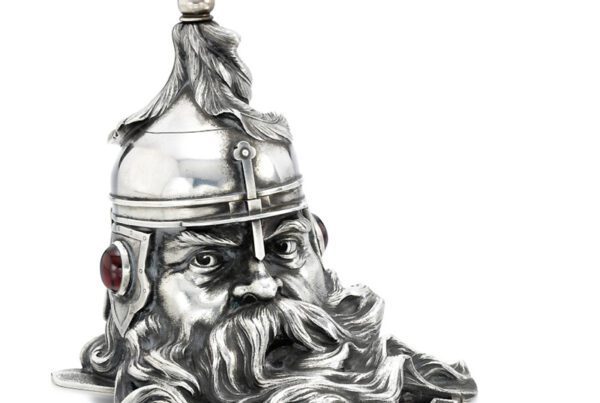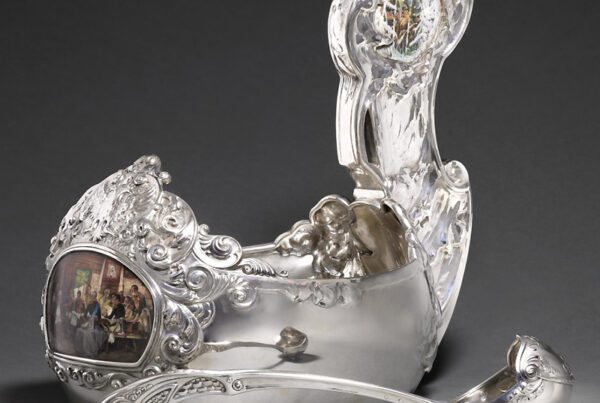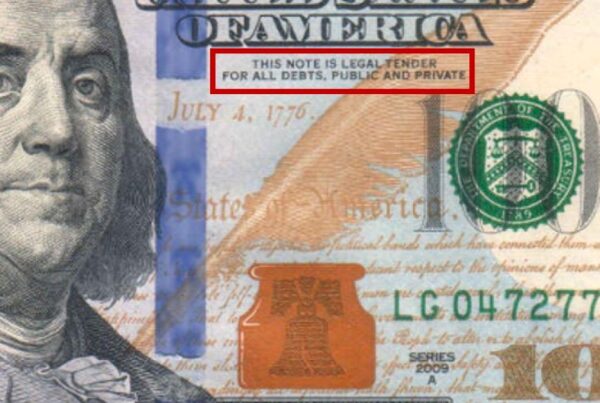SOTHEBY’S, NEW BOND STREET. WEDNESDAY 25 MAY. 2PM. Ten, maybe 12 people in the saleroom. Just two or three familiar faces amidst the empty seats. Virtually all the bidding by phone or on-line. Buzz and excitement: lacking. Hard to imagine record-prices in such a gloom-laden ambiance. The ominous saleroom silence was no harbinger of Russian art-market joy. I hope this was not the last-ever Russian sale. Who knows? Sanctions mean that no Russian citizen can spend more than €300 at a time – and auction firms cannot legally deal with Russian citizens these days. Payments from Russia are either not possible or not accepted.
The anticipated sale total, based on the low-estimates (which invariably correspond to the reserves), was £462,300 (plus buyer’s premium at 26% – a further £120,200). Forty of the sale’s 54 lots (i.e. 74%) found takers, yielding a hammer total of £357,100 (plus a further £92,900 buyer’s premium). Sixteen lots (7 objects, 9 miniature eggs) matched or exceeded their top-estimates.
In a nutshell, the sale muddled through. Thanks, Putin! That St Petersburg asshole has destroyed the Russian market overnight. Russian Art, like Russia itself, will suffer for decades because of the bastard.
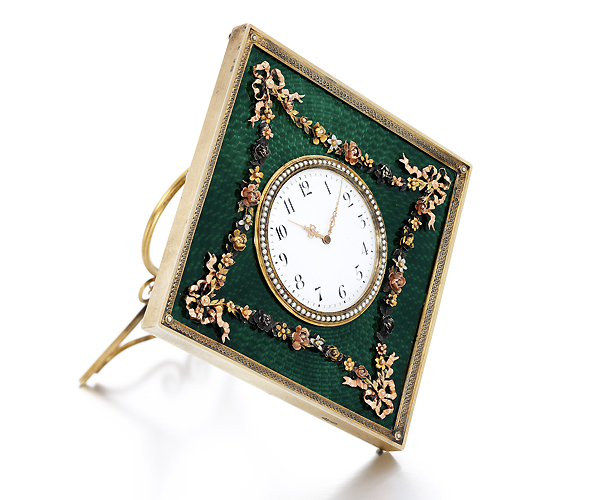
Lot 102, Fabergé varicoloured gold and silver-mounted guilloché enamel clock
A Fabergé clock with green enamel and gold garlands was the strongest item on offer (Lot 102). As I expected, it sold modestly for £75,000 hammer – within its £70,000-90,000 estimate band, and the highest price of the auction. There was no bidding war – just a light skirmish.
- Lot 96, Fabergé (???) agate model of a hippopotamus
- Lot 97, Fabergé (???) jewelled aventurine quartz model of a baby rhinoceros
The agate Hippopotamus from an ‘Important East Coast Collection’ galumphed to £22,000, just one bid above the low estimate (Lot 96). The hefty beast’s ‘important’ provenance did not seem to carry much weight – such hollow, unsubstantiated claims rarely have clout. And no one cared for the avеnturine Rhinoceros either – or needed it. It languished unsold (Lot 97, est. £15,000-25,000).
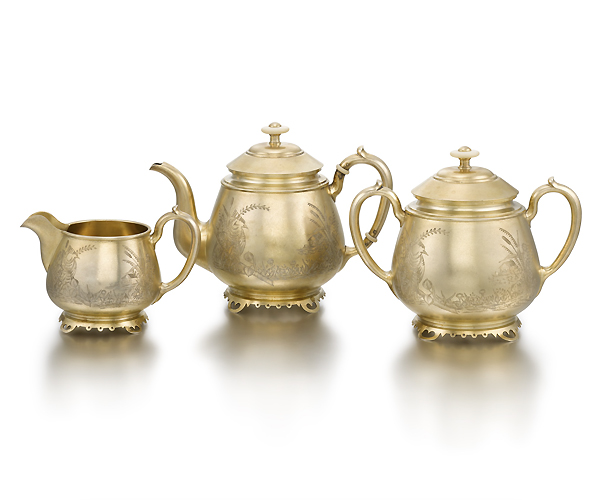
Lot 148, Fabergé (???) Three-piece silver-gilt tea service
Lot 148 (‘a rare gilded Fabergé tea-set’ according to the catalogue) was withdrawn at the last minute – Sotheby’s must still be reading my articles! It would be nice if they’d thanked me for sparing them embarrassment. Never mind. I’m not after glory or medals. It’s good that they listened to me. Thanks a bunch.
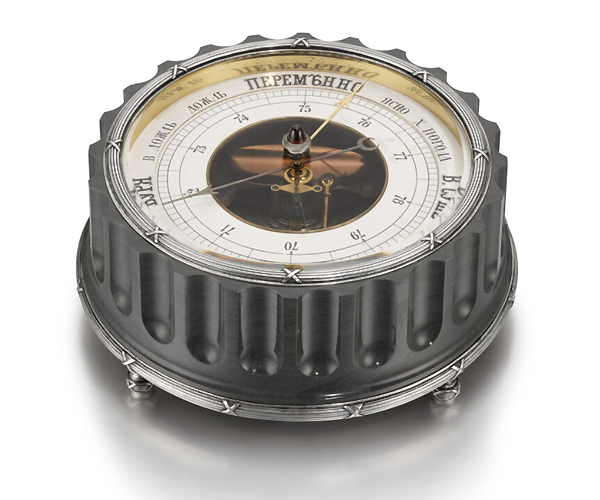
Lot 144, Fabergé large silver-mounted jasper desk barometer
The chunky jasper Barometer (est. £35,000-45,000) got no further than its £26,000 starting-price: the pressure failed to rise, so to speak, even with London basking in glorious spring sunshine (Lot 144). Such a result hardly came out of the blue, or was an unpleasant surprise. As I wrote before, Fabergé is not about size or scale. Beauty and sophistication were the firm’s watchwords.
All except two of the miniature eggs sold resoundingly. Paddle 64 was especially active, snaffling one lot after another – blindly trusting the descriptions of Sotheby’s Fabergé expert (although a few other gullible guys were bidding as well). My advance warning about the eggs recently surfacing at auction at Wannenes and Elmwood’s seems to have gone unheeded.
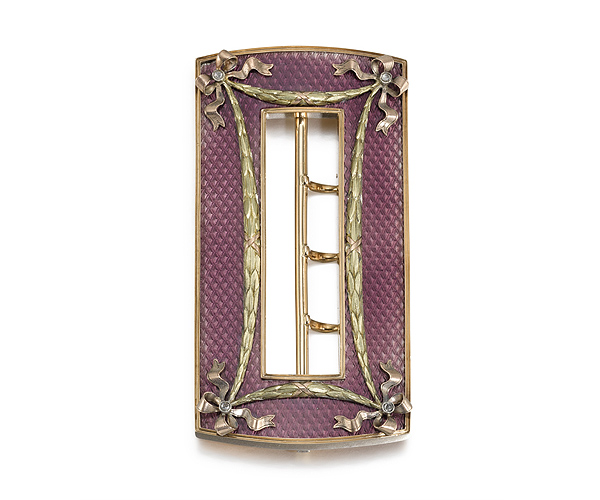
Lot 104, Faberge (???) jewelled gold and guilloché enamel belt buckle
In my previous article I forgot to point out that Lot 104, a belt-buckle, looked brand new – I’m sure its maker is in the pinkest of health. But it failed to sell – so ‘out of sight, out of mind.’
- Lot 100, Fabergé (???) Gold-Mounted Guilloché Enamel and Nephrite Paperknife, Probably Fabergé
- Lot 118, Fabergé (???) silver-gilt and guilloché enamel photograph frame
- Lot 135, Fabergé (???) jewelled gold and guilloché enamel egg pendant brooch
- Lot 113, Fabergé (???) jewelled gold and guilloché enamel egg pendant brooch
There were 15 lots (100, 104, 111, 112, 113, 118, 122, 130, 132, 133, 134, 135, 136, 137, 148) that I considered fakes – or altered to such an extent that a Fabergé attribution was meaningless. Twelve of them sold. Numerous colleagues in the trade share my opinion regarding Sotheby’s attributions. Well, as they say, “there’s a sucker born every minute”.
- Lot 132, Fabergé (???) jewelled gold and turquoise egg pendant
- Lot 137, Fabergé (???) jewelled gold and turquoise egg pendant
A red oval frame that smelt new a mile off was unsold, thank goodness (Lot 118, est. £18,000-25,000). Another frame, with lavender-coloured enamel, aroused no interest either, despite its impressive size – hardly surprising given Sotheby’s outlandish £25,000-35,000 estimate (Lot 116).
I hope Putin’s lunatic adventure in Ukraine will reach an (ignominious) end in the not-too-distant future, and that the Russian art market will creep back to life. ‘Hope nurtures the young’ as Lomonosov put it – though I’m no longer young, alas. Nor do I believe in miracles. Will London be hosting its usual Russian auctions this Autumn? And the next spring? Good question. The answer, I suspect, is Nyet not Da.
However, in the meantime: Greetings to all our readers! Here’s to the next Russian Sale, as and when….

